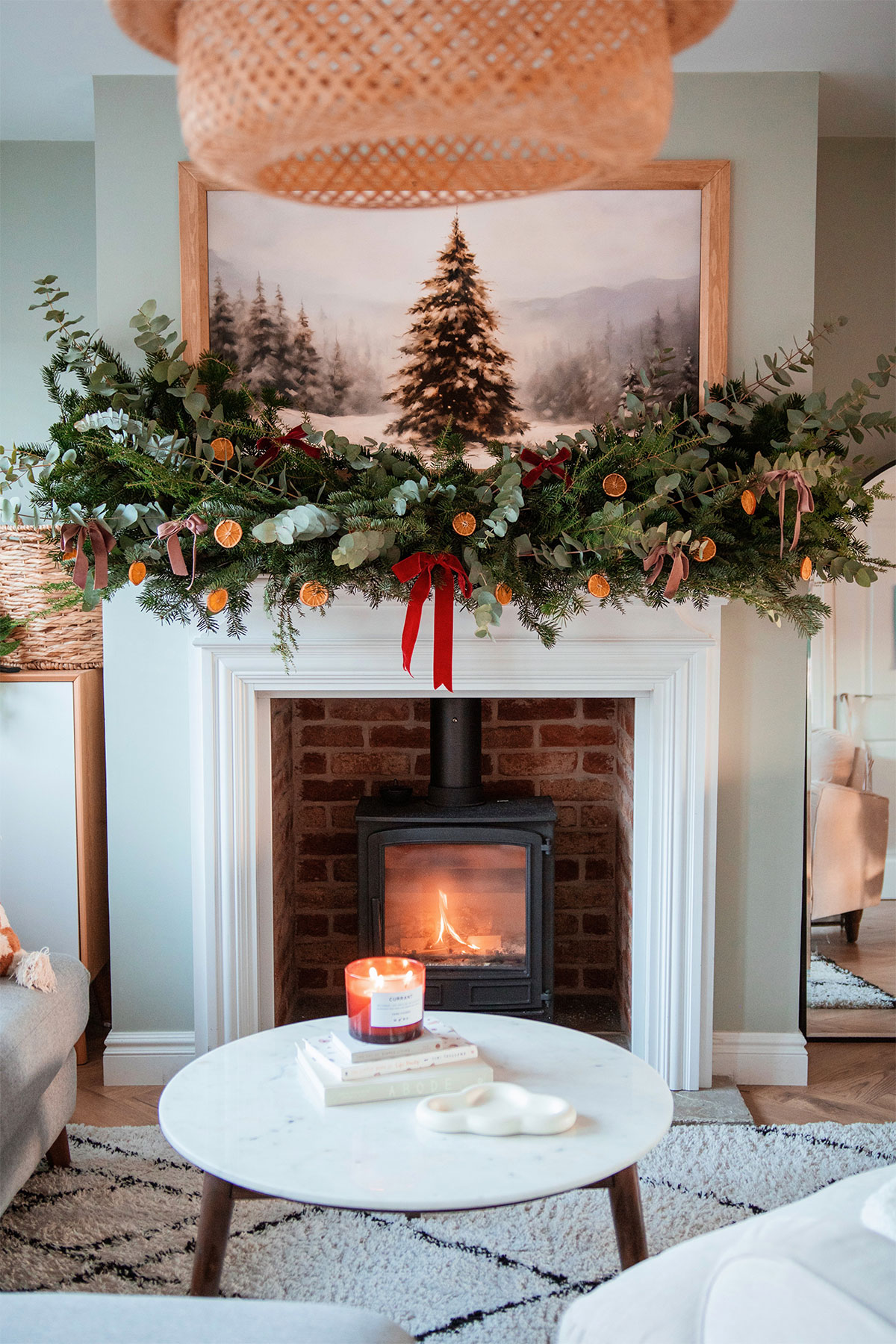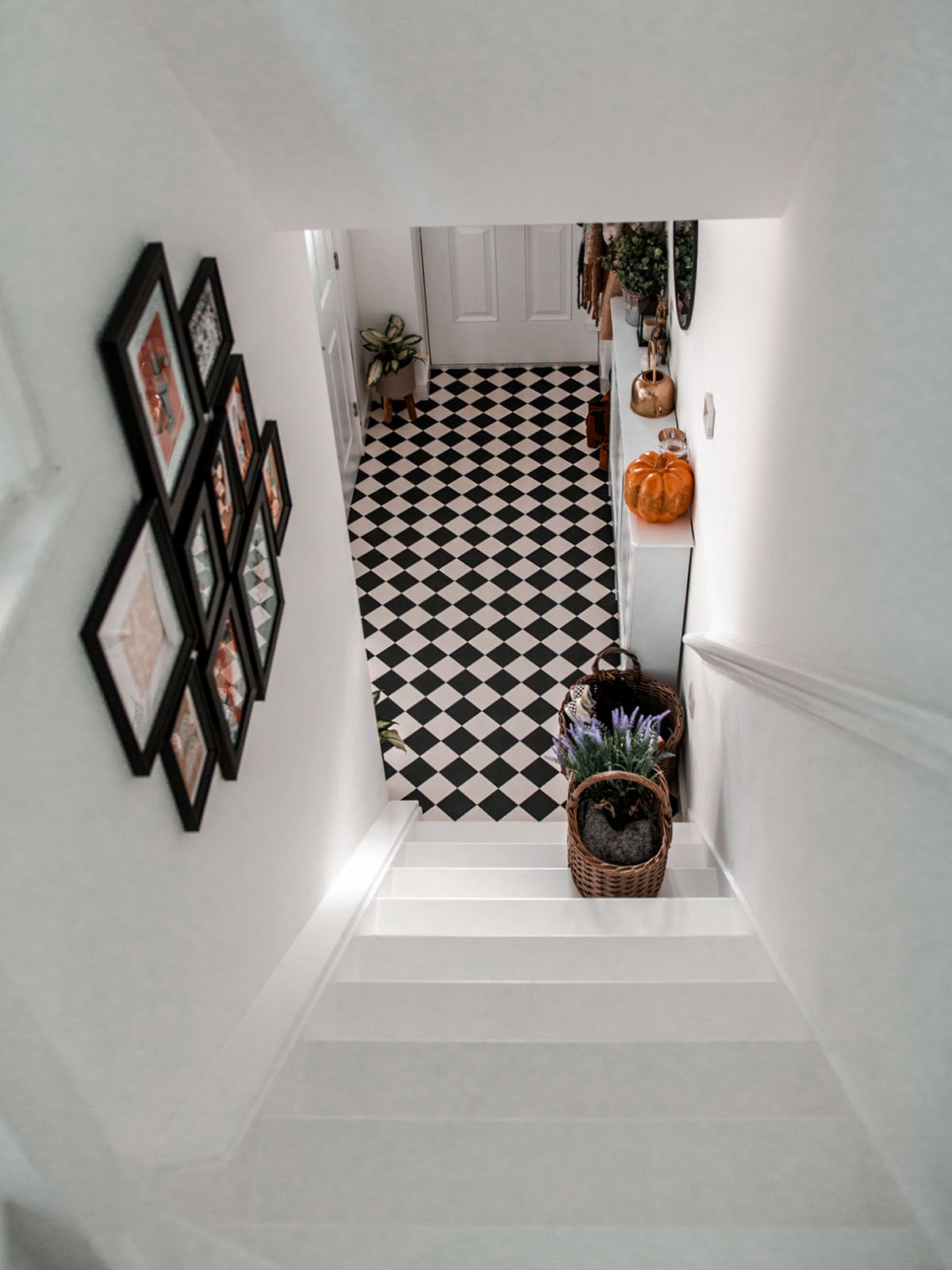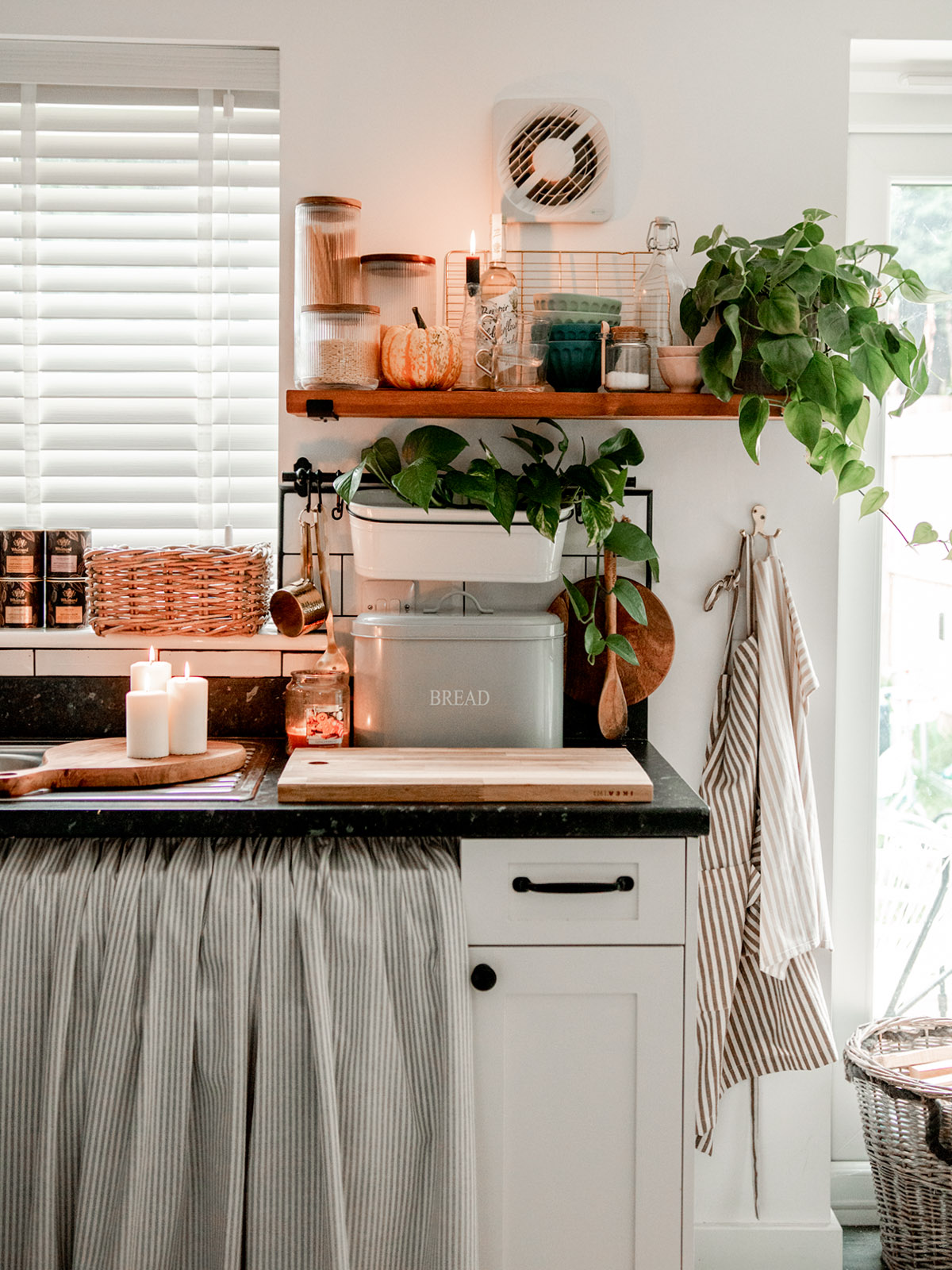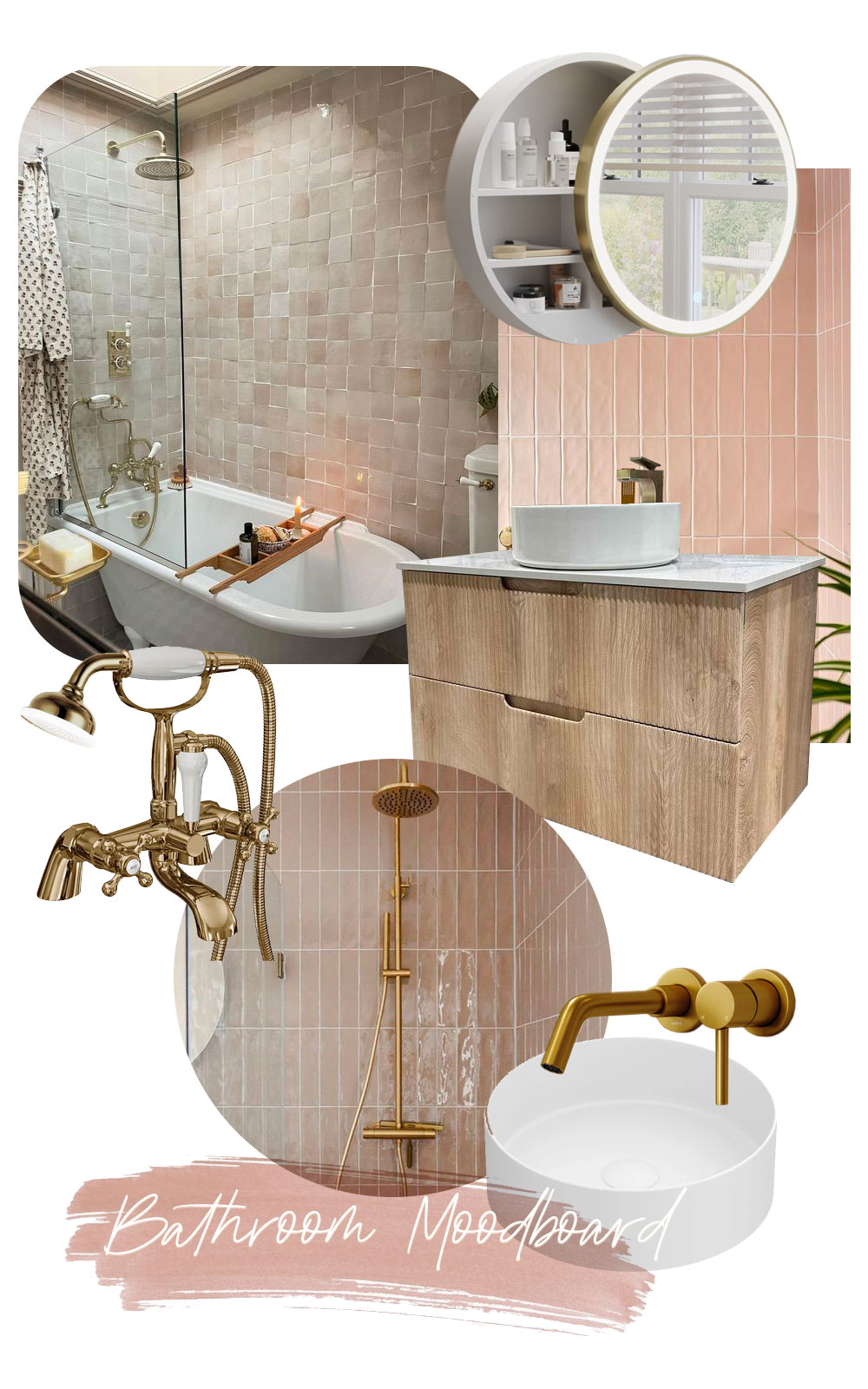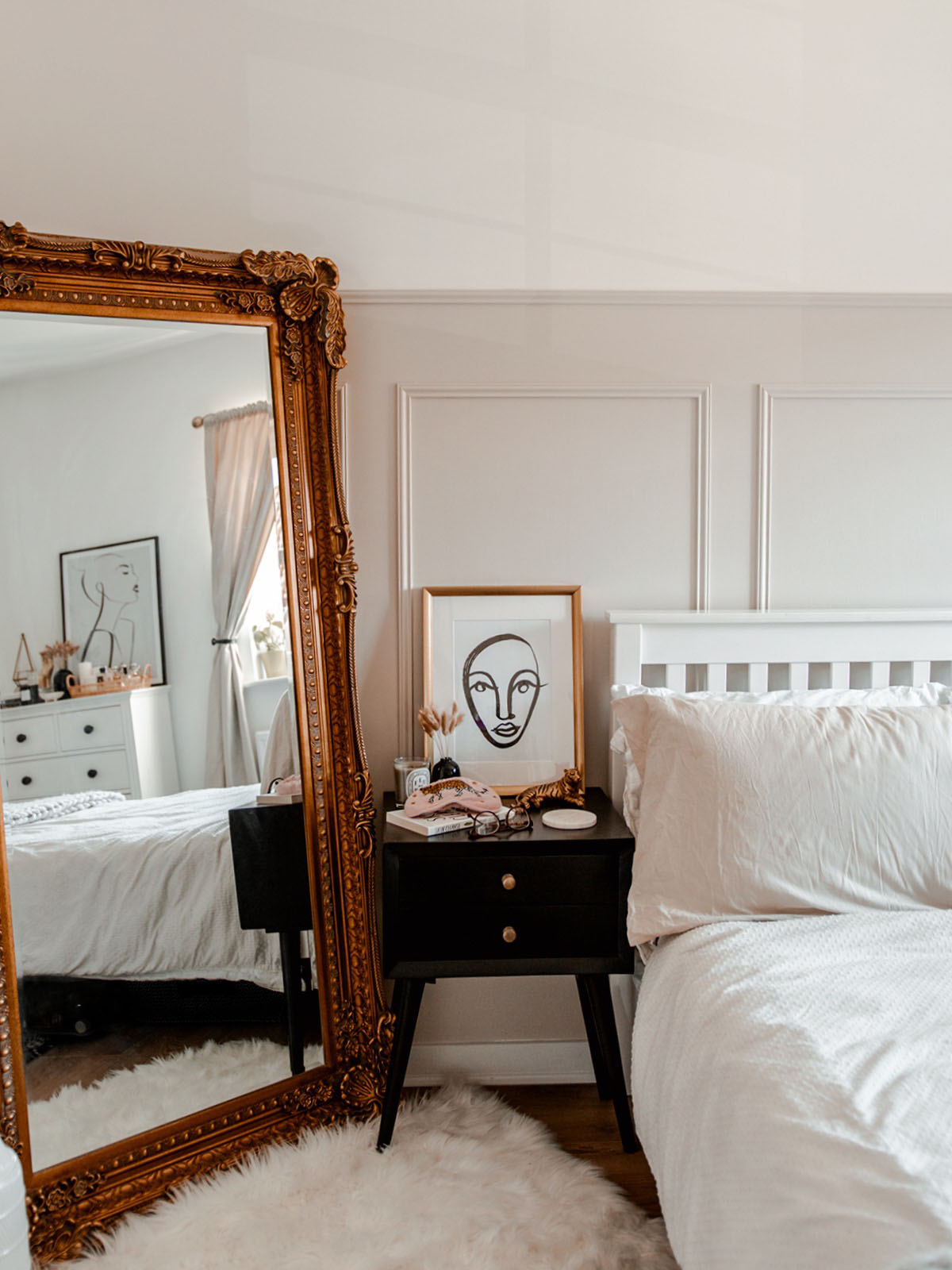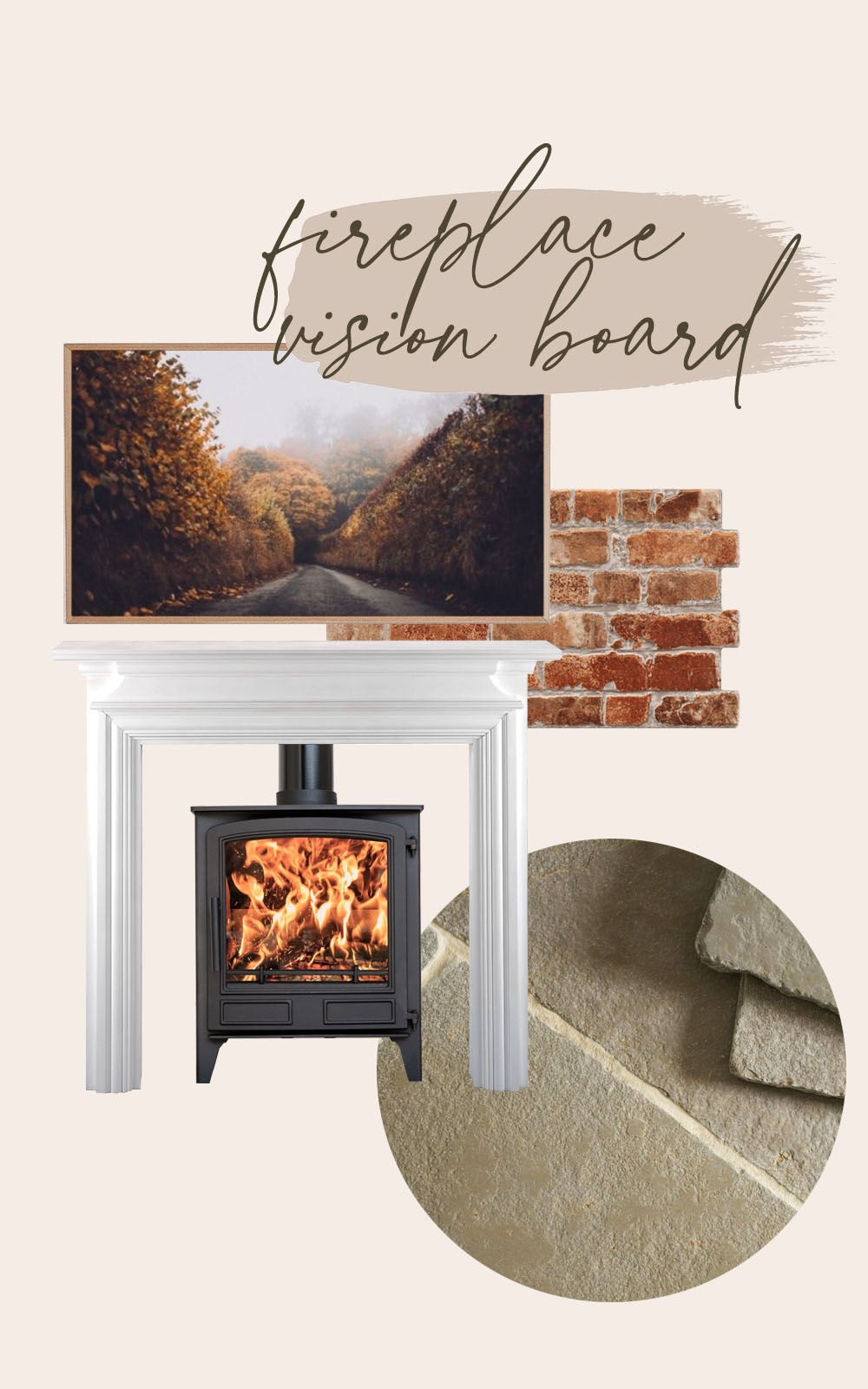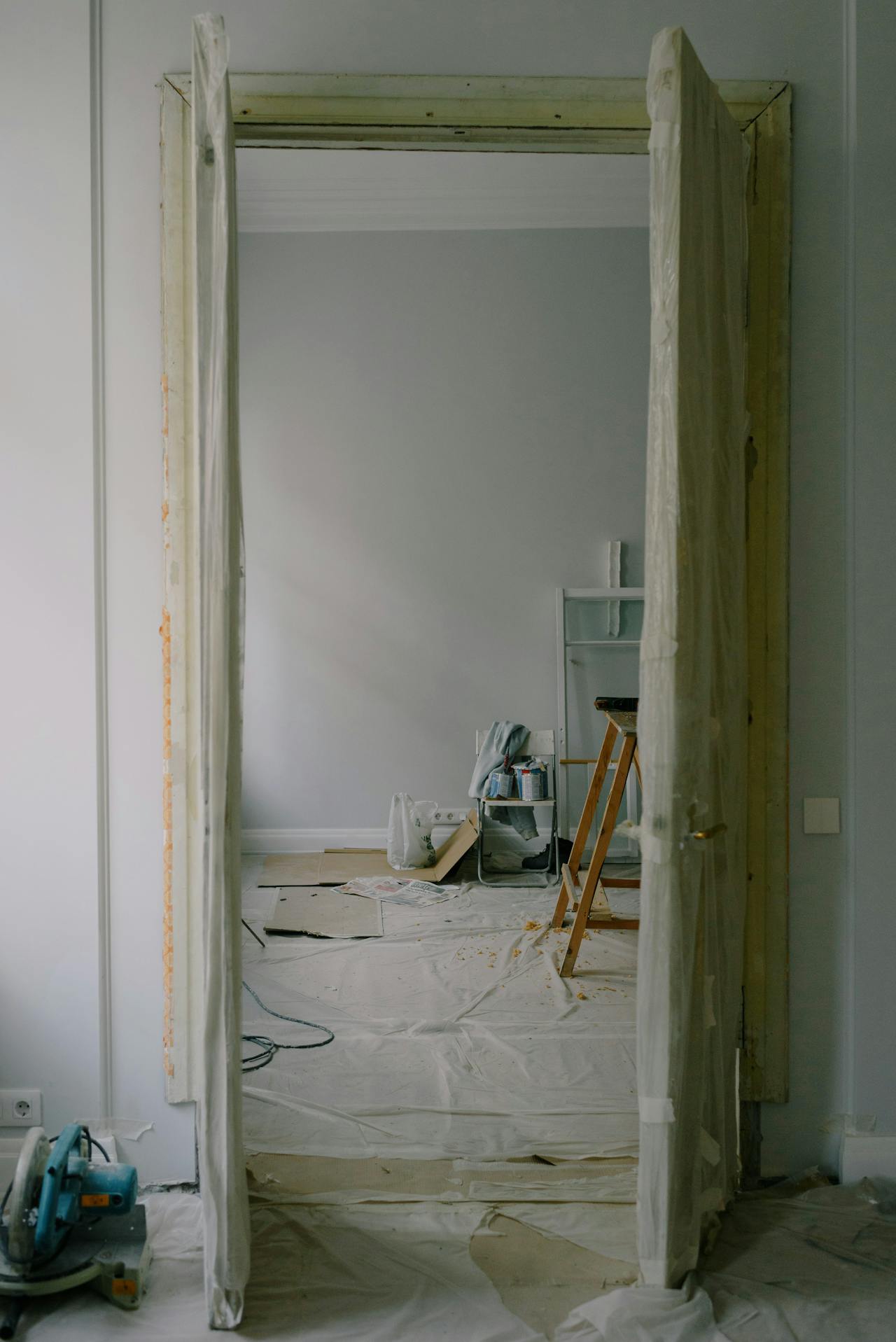
Renovating a house is not necessarily about full-fledged renovation or costly overhaul. Considered but understated adjustments can produce interiors and facades that are stylish, inviting, and brand new. From redressing colour schemes to maximising natural light, there’s a change that can be achieved with remarkably little upheaval. This handy guide looks at strategies that make the process simple and valuable, inspiring every nook and corner of a house.
Setting the Foundation with Colour
Colour sets the mood for any transformation. A fresh coat of paint has the power to instantly revitalise dull rooms, shifting the mood and the vibe. Neutral hues typically act as a blank slate, where bold artwork or furniture pieces can be the center of attention. More colour can be had with a feature wall or statement accent without overpowering the room. Softer pastels continue to be used for creating calming and cheerful interiors, particularly in the lounge and bedroom.
When it comes to colour, natural light also plays an important part. A colour that can be seen as warm in a well-lit room may appear cooler when it is not so light. Swatches are checked at different times of day in order to make the proper choice. By careful colour balancing, a home can be both distinctive and harmonious.
Renovating Living Spaces
The arrangement of furniture has a profound impact on the mood of a room. A cluttered living space can seem less cramped just by relocating dominant pieces. Leaving sofas slightly off the walls, creating conversational spaces, or using light chairs rather than heavy armchairs can open up spaces. Positioning mirrors strategically does the most by reflecting light around and creating depth.
Texture also has its place in the atmosphere. Deep rugs, stacked cushions, and plush throws introduce warmth and comfort, making rooms inviting in the seasons. Shifting smaller things such as replacing curtains or new light fixtures does matter with effort.
Enhancing Outdoor Areas
Outside space is often overlooked, but it can be repurposed to add living space to a home. A well-planned patio or garden encourages more time spent outside, either for dining, entertaining, or simply relaxing. Planting plants suitable to the conditions, incorporating ambient lighting, and selecting durable outdoor furnishings make the space both functional and desirable.
For longer terms, outdoor composite decking has been extremely popular. It provides durability with low maintenance, but a sleek clean, contemporary finish. It weathers and is easier to maintain than wood, and so is ideal for anyone who wants to have a sleek outdoor oasis with minimal involvement.
Bedrooms as Restful Sanctuaries
Bedrooms are best served by minimalism. Clutter can destroy the peace that these spaces need. Under-bed storage or fitted wardrobes as simple storage systems leave the surface clear, and soft layered bedding comforts with a warm appearance. Including dimmable lighting allows the space to transition from day to night, both serving purpose and sleeping.
Personal touches remain vital in establishing the atmosphere of individuality within the space. Paintings, photographs, or simply chosen trinkets can give personality without overwhelming the room. Designing for comfort and minimalism, bedrooms transform into revitalising retreats.
Kitchens and Bathrooms: Small Tweaks, Big Impact
Bathrooms and kitchens are often considered to require comprehensive makeovers, but even minor alterations can create a dramatic effect. In the kitchen, replacing cupboard handles, adding under-cabinet lighting, or incorporating a modern backsplash immediately revamps the space. Open shelving is also still popular, offering functionality as well as the opportunity to display carefully chosen items.
Bathrooms can also be improved by replacing taps, regrouting, or installing big mirrors to make a bathroom seem bigger. Even placing plants in water-friendly pots is bringing life. These little changes cost little but enhance the entire look.
Furnishing with Purpose
The right piece of furniture can completely redefine interiors. Rather than changing everything at once, combining new and old pieces ensures spaces evolve with character. Adjustable modular items work easily to accommodate changing needs in the future. Carefully selected textiles such as upholstered chairs or printed pillows bring personality without requiring a whole new setup.
For those homeowners who want convenience, furniture packages Sydney suppliers provide are whole solutions based on a variety of styles and budgets. They make it easy to furnish a property by providing cohesive design while offering the convenience of saving time when making individual choices. It’s a stress-free means of having a finished, coordinated appearance without the hassle of assembling everything.
Lighting for Mood and Function
Lighting establishes both atmosphere and purpose in a residence. Wherever possible, natural light has to be optimised, with sheer curtains or skylights opening up lighter, airier spaces. In dark spaces, several layered artificial light provides both atmosphere and task light. Overhead lighting can be softened by lamps on tables or floors, and pendant light adds refinement above dining tables or kitchen counters.
Smart lighting systems are also adaptable, where brightness and heat can be controlled according to mood or activity. The subtle changes ensure that each room functions optimally, either for work, relaxation, or hosting.
Sustainable Touches for Modern Homes
Sustainability is increasingly becoming an emphasis in house design. Energy-saving appliances, reclaimed wood, and green paints not only reduce the impact on the environment but are also cost-saving in the long term. Indoor plants also clean air as well as add a touch of nature to interior spaces. Meanwhile, durable material in fittings and furniture ensure that homes endure for a long time without requiring constant replacement.
Sustainable living can also carry over into daily routines. The installation of recycling centers, low-flow fixtures, or natural cleaning solutions creates homes that are not only healthier for the occupants but also for the world. Such choices give any redesign another layer of consideration.
Establishing Flow and Cohesion
To succeed, a home remodel relies on unity. All areas need to be connected, even where the different styles vary a little bit. To accomplish this, one may establish recurring aspects in the format of a consistent colour scheme, repeated building materials, or opposing textures. Flooring selections are particularly strong, setting the flow and establishing continuity between rooms.
Small details matter. Well-matched door handles, the same skirting boards, or paired curtain rods produce an elegant finish. Thought about flow creates a home that is thoughtful and serene rather than fractured or patched together.
Conclusion
Cohesive home transformations depend on prudent, practical alterations that merge functionality with style. Whether it’s revitalising rooms with colour, extending the outdoors in with modern decking, rationalising furniture choice, or incorporating green details, every refresh counts. The desire is to have rooms that are revitalised, blended, and personalised without resorting to mind-bending renovation. By careful attention to every room, homeowners can reinvent their surroundings into a space that is not just beautiful but also functional and durable.

